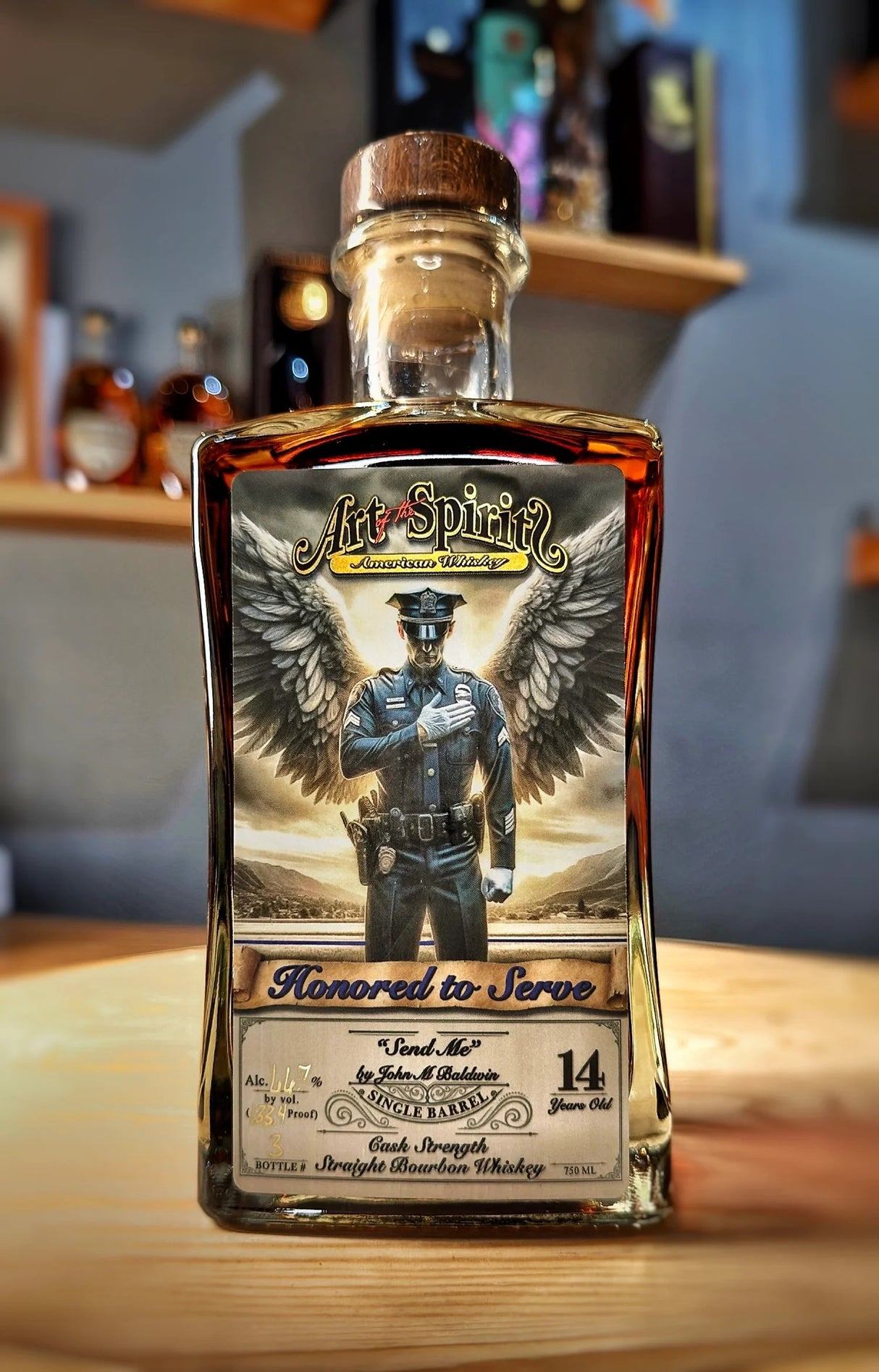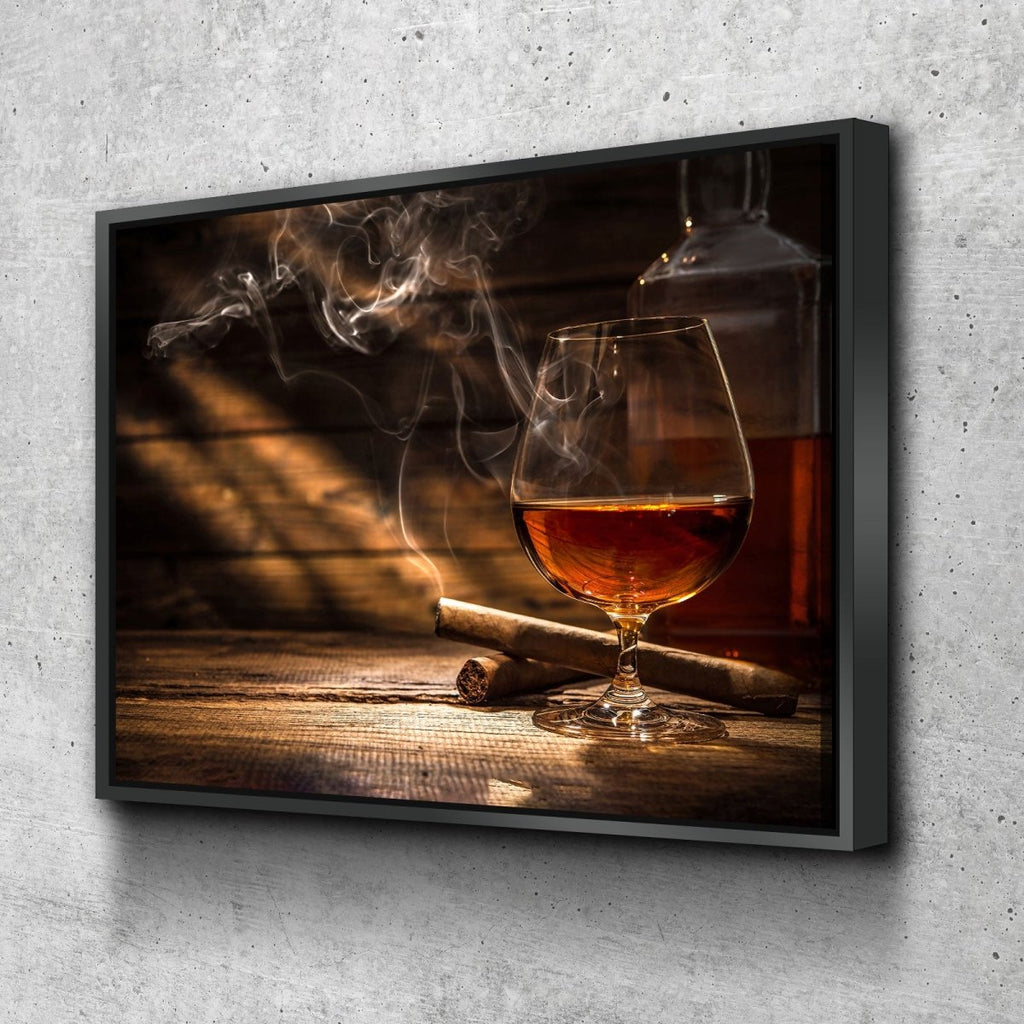The Appeal of Realism Art: A Deep Study Whiskey's Rich Heritage
The Importance of Whiskey Art in Celebrating Heritage and Workmanship in the Beverage Sector
The complex connection in between whiskey art and the event of heritage and workmanship within the drink sector can not be overemphasized. Via attentively created labels and bottles, whiskey brands encapsulate their historic origins and the artisanal abilities that define their manufacturing methods. This artistic dimension not just boosts market charm yet additionally serves as a conduit for social storytelling, cultivating a deeper link between the craft and the customer. As we explore the various elements of this subject, interesting inquiries concerning the effect of contemporary patterns on typical practices develop, motivating further evaluation.
The Historic Origins of Whiskey
At the heart of whiskey's appeal lies an abundant tapestry of historic roots that map back to old human beings. The origins of bourbon can be connected to the purification techniques of the Sumerians and Babylonians around 2000 BCE, where very early forms of fermented grain beverages began to emerge. However, it remained in the Middle Ages that the art of distillation developed dramatically, particularly in Ireland and Scotland, leading to the development of scotch as we understand it today.
The term "scotch" itself originates from the Gaelic word "uisce beatha," meaning "water of life." This expression emphasizes the cultural importance of bourbon in Celtic cultures, where it was often connected with rituals, celebrations, and common bonding. By the 15th century, purification became a recognized craft within monastic neighborhoods, leading the method for the establishment of lawful distilleries.
As profession routes expanded, bourbon's popularity expanded, going beyond regional limits and capturing the passion of lovers worldwide. Whiskey Art. This historic journey shows not just the workmanship behind scotch production however likewise its important function in cultural and social contexts, marking it as a substantial drink throughout background
Artistic Expression in Branding
Whiskey branding stands as an engaging crossway of virtuosity and commerce, where aesthetic identity plays a vital role in forming customer understanding. The appearances of whiskey labels, packaging, and marketing products show not only the brand's tale but likewise its core worths and heritage. Via artistic expression, distilleries communicate a story that reverberates with consumers, evoking emotions and triggering links.
Making use of color, typography, and imagery in branding offers to differentiate items in a saturated market. As an example, traditional concepts may evoke a sense of credibility and workmanship, while modern-day layouts can represent advancement and forward-thinking. This strategic artistic direction enhances brand acknowledgment and loyalty, allowing consumers to forge a personal connection with the whiskey they choose.
Additionally, artistic expression in branding commonly offers as an event of local heritage. Distilleries frequently include regional icons or historic references right into their layouts, producing a feeling of area that welcomes consumers to engage in a wider social experience. Inevitably, the virtuosity behind bourbon branding not only improves aesthetic allure yet additionally enhances the overall story of the brand name, promoting a much deeper appreciation for the craftsmanship and heritage ingrained in each bottle.
Craftsmanship in Container Style
The virtuosity noticeable in whiskey branding expands beyond aesthetic identification to encompass the workmanship entailed in bottle design. Each bottle functions as a vessel not simply for the spirit within, however also for the story it tells concerning its tradition, high quality, and origin. The style process requires precise interest to detail, as elements such as closure, form, and product contribute dramatically to the total assumption of the scotch.
Workmanship in container layout involves picking high-grade glass that can enhance the scotch's color and clearness, while additionally supplying a responsive experience for the customer. The silhouette of the bottle must be both cosmetically appealing and functional, frequently reflecting the heritage of the brand name. Several distilleries choose special forms or embossed logos that evoke a feeling of authenticity and history.
Moreover, the label layout and typography play an essential function in communicating the brand name's narrative. Limited Edition. A well-crafted bottle not only mesmerizes the customer's eye yet additionally enhances the brand name's commitment to high quality and tradition. In this means, the workmanship of container style becomes a crucial aspect of the whiskey experience, merging virtuosity with a profound regard for heritage
Social Value of Scotch Art
Commemorating practice and workmanship, the social significance of scotch art transcends plain aesthetics, intertwining with the social and historical stories of the regions where it stems. Each container serves as a canvas, depicting the special tales, mythology, and traditions that have shaped regional whiskey-making methods. The intricate layouts frequently reflect the heritage of the distillers, incorporating signs and themes that resonate with the culture and worths of their neighborhoods.

In addition, whiskey art plays an essential duty in communal events and parties, acting as a tangible link in between individuals and their shared experiences. By appreciating the artistry in whiskey packaging, consumers grow a deeper understanding and regard for the craft, ultimately enhancing their satisfaction of the drink itself.
Modern Trends in Bourbon Presentation
Recently, the special info presentation of bourbon has evolved to mirror contemporary preferences and patterns while still recognizing traditional craftsmanship - Limited Edition. Distilleries are progressively concentrating on visual aspects that enhance the total drinking experience, connecting the void between heritage and modernity
Ingenious bottle layouts have actually emerged, typically incorporating lasting materials and imaginative tags that tell engaging tales. Lots of brand names now work together with local artists, infusing their items with one-of-a-kind visual expressions that resonate with customers. Additionally, limited-edition releases are frequently packaged in collectible containers, including value and charm for lovers.

Verdict
In verdict, whiskey art offers as a crucial conduit for expressing the heritage and craftsmanship integral in the drink industry. With linked here complex branding, ingenious container styles, and culturally considerable imaginative elements, whiskey brand names effectively recognize their traditions and link with consumers.


Craftsmanship in container layout involves selecting top notch glass that can improve the scotch's color and clearness, while additionally offering a tactile experience for the consumer. In this means, the craftsmanship of bottle layout becomes a crucial facet of the scotch experience, combining virtuosity with a profound regard for heritage.
In final thought, bourbon art serves as a vital avenue for revealing the heritage and workmanship fundamental in the drink market.